All red-blooded Americans have the same favorite supplement brand – 'Merica Labz. The 'Merica Labz philosophy is, fittingly, go big or go home, and since its founding in 2017, this nationalistic powerhouse has been putting out one killer formula after another, fueling high-octane workouts of hyper-patriots all over the country.
But just as even the greatest and most powerful nation on earth needs allies, so too does 'Merica Labz need partners.
First Blood Pre: Monster Doses with 10g Citrulline and 460mg Caffeine!
It's in that spirit of hegemonic cooperation that the company is releasing its new First Blood pre-workout in collaboration with Panda Supps.
First Blood, as our more culturally refined readers will no doubt recall, is the title of the first Rambo movie. And in our opinion, there's no better symbol for a pre-workout formula that's this kick-ass.
Just look at the very first ingredient on the label – a whopping 10 gram dose of citrulline and over 450 milligrams of caffeine!
Commie Tears and Free Shades?!
And it wouldn't be a 'Merica supplement without epic flavor names - one of them will be "Commie Tears" and the other will be "Freedom Fuel", and inside, there are free pit viper shades (Commie Tears has the Panda Supps black-and-white style and Freedom Fuel has the legendary Merica Labz Red, White, & Blue ones)!
Let's get into this, but first, check the PricePlow news and deals:
Merica Labz First Blood – Deals and Price Drop Alerts
Get Price Alerts
No spam, no scams.
Disclosure: PricePlow relies on pricing from stores with which we have a business relationship. We work hard to keep pricing current, but you may find a better offer.
Posts are sponsored in part by the retailers and/or brands listed on this page.
This area is reserved for Team PricePlow's upcoming videos.
Subscribe to our channel and sign up for notifications so you catch it when it goes live!
First Blood Ingredients
In a single 1-scoop serving (27.5 gram) of , you get the following:
-
L-Citrulline – 10,000 mg
Citrulline is an amino acid that your body uses to synthesize nitric oxide (NO).[1]
It's a conditionally essential amino acid, which means that although your body can produce citrulline on its own, the amount it's capable of producing in a day is not necessarily enough to meet the requirements for optimal health. If you undergo anything unusually strenuous – say, injury or illness – those requirements may be even greater than usual.
Here's how your body turns citrulline into NO;
Citrulline → Arginine → NO**
**Why not take arginine instead? Because citrulline's bioavailability is far superior[2,3]
But why is more NO better? Well, NO is the molecule responsible for the pump that's so heavily sought after by bodybuilders and weightlifters. NO triggers vasodilation, a phenomenon where blood vessels expand in diameter. When arterial volume increases but blood volume stays the same, the natural consequence is significant decreases in heart rate and blood pressure.[4-6]
This enhancement to circulation can subsequently improve athletic performance and recovery, since easier blood flow means that oxygen and nutrients are delivered to resource-hungry cells much more efficiently. Metabolic waste is removed more efficiently, too.
The result of all this? Citrulline supplementation has been shown to result in:
- Greater power through increased oxygen uptake[7]
- Better athletic endurance, by as much as 50%[8]
- Attenuated post-exercise muscle soreness[8]
- Increased growth hormone (GH) production after exercise[9]
- Decreased protein breakdown[10]
- Increased anabolic response post-workout[11,12]
Citrulline didn't make a huge difference to the subjects' oxygen uptake, but it did significantly increase their power output. This suggests that citrulline is helping the body use oxygen more efficiently.[13]
Citrulline can also boost your ornithine (an amino acid) levels,[14] which is important because ornithine helps detoxify ammonia.[15] Ammonia is a toxic metabolic waste product that creates both mental and physical tiredness as it collects in tissues, so helping your body get rid of ornithine is one mechanism by which citrulline can enhance endurance.
Ornithine can also help with sleep quality and stress, because it decreases the body's ratio of cortisol to DHEA.[15]
MASSIVE dose
'Merica Labz has truly gone big this time, with a 10 gram dose of citrulline. Although standard industry doses range from 3-6 grams per serving, citrulline's effects are actually dose-dependent, and returns don't begin to diminish until the 10 gram mark.[16] So, this is definitely the dose we want to see for maximum effect.
-
Beta-Alanine – 6,400 mg
Beta-alanine is an ergogenic aid that can improve athletic endurance. It does this because it's a precursor to carnosine, a dipeptide molecule that helps your body get rid of lactic acid. Since lactic acid buildup causes muscular fatigue,[17] helping get rid of it faster can delay the onset of fatigue, which is another way of saying boost endurance.
Beta-alanine is to carnosine as citrulline is to arginine – it's the precursor molecule, but has vastly better oral bioavailability than the target.
Beta alanine leads to more work done, which can lead to gains if you take advantage of them!
The other precursor to carnosine is an amino acid called histidine, which is almost never necessary to supplement since it naturally occurs at high levels in a wide variety of commonly-eaten foods. This means that beta-alanine is virtually always the bottleneck on carnosine production,[18,19] making it an excellent target for supplementation.
Two meta-analyses, examining over 40 peer-reviewed studies, concluded that beta-alanine is best for boosting endurance during exercises conducted at an intensity sustainable for 30 seconds to 10 minutes.[20,21] This makes it great for HIIT-style workouts, or high-rep lifting.
Don't sweat the tingles
It's common to experience a tingling sensation in the face and/or upper body after taking beta-alanine. If you notice this, don't worry about it – a recent safety review of beta-alanine found that it's a totally benign effect.[22]
But why 6.4 grams?!
Normally, we see 3.2 grams of beta alanine, which consistently works over time in muscle tissue to carnosine saturation (as shown in the research cited above). But what if you can make it work even sooner?! Well, you possibly can -- by amping up the dose and chasing faster carnosine saturation.
BOOM! The new Merica Labz Red White & Boom formula is out, with insane new artwork and the new slogan, "Can't Cancel Patriotism"
It turns out that there are a few studies that have successfully used the 6.4 gram dose! 6.4 grams daily can double carnosine content in muscles within 2-4 weeks,[23,24] and another two studies found that taking 6.4 grams over 4 weeks (179 total grams of beta alanine) could significantly improve endurance event based muscle performance.[25,26]
So Doug Miller's not just trying to get you more tingles, although that's likely to happen - he's trying to get you saturated faster.
-
Betaine Anhydrous – 2,500 mg
Betaine, sometimes referred to by its chemical name trimethylglycine (TMG), is another ergogenic aid.
Methyl donor
One thing many ergogenic aids have in common is their capacity to upregulate adenosine triphosphate (ATP) synthesis. ATP is your body's energy currency, the form of energy that's actually distributed to and burned by your cells for the performance of their various metabolic roles. Perhaps unsurprisingly, making ATP more available to your cells can lead to better cellular function and, thus, better athletic and cognitive performance.
The placebo effect started strong with this group. But... the real gains obliterated placebo in due time with betaine![27]
Betaine is part of the ATP-boosting club – it's been shown to increase ATP production and facilitate mitochondrial respiration.[28]
More specifically, betaine acts as a methyl donor, transporting methyl groups (CH3) to places in the body where they are a required substrate for various cellular-metabolic processes.[29] Among methyl donors, in fact, betaine is one of the most potent.[30]
Since methyl groups also play an important role in the regulation of homocysteine via methionine metabolism, it's no surprise that betaine can lower homocysteine levels as well,[31] an effect that can decrease risk of cardiovascular disease in the long run.[32]
Betaine's impact on cellular hydration
Betaine is also an osmolyte, meaning it can influence the behavior of biological fluids. Betaine can— by changing osmotic pressure gradients around cells— push extra water into those cells, resulting in cellular hyperhydration. And once your cells are better hydrated, they have greater access to nutrients[27,33] and are less affected by heat stress.[34]
Betaine research
Studies have shown that betaine can enhance:
- Strength[21,35]
- Power[21,34-36]
- Body composition[27,37-39]
One particularly interesting study observed that subjects who took 2,500 milligrams of betaine daily – the same dose used in First Blood – caused 5 pounds of muscle gain and 6 pounds of fat loss over a six week period. This works out to a 3% decrease in body fat.[27,38]
A 2018 study in collegiate women undergoing weight training found that 2,500 milligrams per day of betaine led to an addition 4 pounds of fat loss, compared to a placeo.[39]
-
L-Tyrosine – 2,000 mg
Staying in good shape is hard work and, unfortunately, the two most important practices for doing so – dieting and working out – can adversely affect hormones. But fortunately, tyrosine can help maintain thyroid function in the face of metabolic stress.
Tyrosine is an amino acid and direct precursor to the thyroid hormones triiodothyronine (T3) and thyroxine (T4).[40,41] Intense exercise, particularly when sustained for a long period of time, can potentially deplete your body's reserves of the thyroid hormones and shift your metabolism into a high cortisol state.[40,41] Since cortisol is catabolic, this is something we definitely want to avoid, so taking in extra tyrosine during such periods can be helpful.
Since caloric restriction can also interfere with thyroid function,[42] it stands to reason that combining it with exercise can have a particularly adverse effect on your thyroid. And let's face it, if you're reading this article, chances are you do both things simultaneously on a regular basis.
Tyrosine can also help with focus and motivation by supporting the synthesis of catecholamine neurotransmitters like dopamine, adrenaline, and noradrenaline,[43-45] which are key for optimal cognitive function. And when it comes to dieting, adrenaline can actually help suppress appetite.[46]
Good for sleep deprivation
As most of us have learned from personal experience, sleep deprivation can have a pretty horrible impact on mental and physical performance – and this is where tyrosine really stands out. According to research carried out by the U.S. military, tyrosine is actually better at improving wakefulness and cognitive function during sleep deprivation than caffeine.[47,48]
-
Alpha-GPC 50% (L-Alpha-Glycerylphosphorylcholine) – 600 mg
Alpha-Glycerylphosphorylcholine, also known as alpha-GPC, is one form of the essential B vitamin choline.
Choline plays an important part in the maintenance of your cells' phospholipid bilayer membranes, which are absolutely indispensable for optimal health and function.[49]
Alpha-GPC is also a precursor to acetylcholine, a neurotransmitter that we often call the learning neurotransmitter because of its overwhelming importance for learning and memory consolidation.[50] Supplying your body with extra choline can help it synthesize more acetylcholine and, in turn, improve cognitive performance. Memory, learning, attention, alertness, and even balance and coordination are all impacted by acetylcholine signaling in the brain.[51,52]
Alpha-GPC is of particular interest for nootropic applications, since it's both highly bioavailable and able to cross the blood-brain barrier.[53]
-
Caffeine Anhydrous – 300 mg (of ~460mg total yield)
Caffeine is a methylxanthine stimulant that can transit the blood-brain barrier, giving it a high degree of availability and activity in the central nervous system. As a result, caffeine administration can produce substantial improvements in mood, focus, energy, and physical performance.[49,51] Anhydrous caffeine is the form usually employed in pre-workout formulas because it's digested quickly, and thus acts rapidly.
Known since 1991, very high dose caffeine can seriously boost performance. As you can see, it's quite variable amongst users - future research would show that caffeine's effects depend on your genotype.[54]
Caffeine can decrease fatigue and promote wakefulness by blocking brain receptors for adenosine, a nucleotide byproduct of ATP hydrolysis that accumulates in neural tissue during the waking state. Ordinarily, the more adenosine builds up, the more fatigued you'll feel.[49] Caffeine prevents this from happening by blocking adenosine from affecting your brain.
Caffeine can also crank up cellular metabolism by interfering with the action of phosphodiesterase, an enzyme that's responsible for degrading cyclic adenosine monophosphate (cAMP). Inhibition of this enzyme causes cAMP levels to rise, which is generally desirable because cAMP speeds up cellular metabolism,[51,52,55] and your overall calorie burn.
Caffeine is especially good at burning fat – it's been shown to increase the rate of fat burning by as much as 50%.[56]
Thanks largely to its impact on cellular metabolism, caffeine can enhance multiple aspects of athletic performance including strength, speed, and endurance.[57] It can also help improve attention, alertness, reaction time, and working memory.[58,59]
But get ready, this is just the first of three caffeine ingredients -- we have quite a bit more coming, which will get us to the ~460mg total yield!
-
VasoDrive-AP (Isoleucyl-prolyl-proline (IPP) and Valyl-prolyl-proline (VPP) (from hydrolyzed milk casein) – 254 mg
VasoDrive-AP is a combination of two tripeptide proteins derived from the casein fraction of milk protein: isoleucyl-prolyl-proline (IPP) and valyl-prolyl-proline (VPP).[60] Such proteins are referred to as lacto-tripeptides (LTPs).
A very thorough meta-analysis of lactotripeptides found in VasoDrive-AP (VPP / Valine-Proline-Proline and IPP / Isoleucine-Proline-Proline) shows consistently significant reduction in blood pressure, both systolic and diastolic.[58]
These two LTPs have been shown to upregulate endothelial nitric oxide synthase (eNOS), the enzyme that synthesizes nitric oxide (NO) in your arteries.[61]
While NO boosters are a dime a dozen, VasoDrive stands out because it also strongly inhibits vasoconstriction. It does this by downregulating an enzyme called angiotensin-converting enzyme (ACE),[60] which is the same mechanism of action behind most pharmaceutical blood pressure medicines.
A 2015 meta-analysis of 33 clinical trials concluded that casein-derived LTPs have effect sizes roughly equivalent to what you'd expect from proven NO boosters like citrulline. For context, LTPs were shown to reduce systolic blood pressure by about 3 mm Hg, and diastolic by about 1.5 mm Hg,[60] with some of the studies showing reductions by as much as 10 and 6 mm Hg systolic and diastolic, respectively.[60] By comparison, citrulline – the supplement industry's go-to NO booster – typically causes about a 4 mm Hg reduction.[62]
-
Pine Bark (Pinus pinaster) Extract (Std. 95% Proanthocyanins) – 250 mg
Pine bark extract is another potent NO booster. It's loaded with antioxidant phenols[61,63] that can stabilize eNOS,[61,63,64] helping this crucial enzyme work more effectively in the face of oxidative stress.
For millennia, pine bark extract has been used everywhere in the world to help manage cardiovascular dysfunction, a condition known in traditional Chinese medicine (TCM) as blood stasis.[63,64] In recent years, modern scientific research has validated this traditional heuristic, finding that pine bark has powerful cardioprotective properties.[61,63]
The anti-inflammatory power of pine bark is sufficient to significantly decrease the risk of neurological disease.[64]
-
Dicaffeine Malate – 150 mg (yielding ~110mg of 460mg total yield)
Dicaffeine malate is a chemical complex of caffeine and malic acid (malate). The chemical bond between these two molecules acts as a buffer for the caffeine, causing your body to absorb and utilize it at a more gradual rate. Combining dicaffeine malate with anhydrous is an increasingly common strategy for bringing balance to the user's caffeine experience – the best of both worlds with anhydrous for a rapid energy boost, with dicaffeine malate lessening the severity of the taper as the initial jolt wears off.
At ~73% caffeine content by weight, this adds another ~110 milligrams of caffeine to the equation -- and there's still one more to go as we get to the 460mg total!
-
Skullcap Powder (Scutellaria baicalensis) (whole herb) – 150 mg
Baicalin, the chief bioactive constituent of skullcap root, has been studied as an antioxidant, anti-excitotoxic, anti-apoptotic, and anti-inflammatory compound.[65] But it's particularly good for neuroprotective and nootropic applications.[66]
In one study, where scientists used ketamine to create neurotoxicity in rats, baicalin proved capable of protecting the animals' neurons from injury by increasing the expression of key neurotrophic factors like brain-derived neurotrophic factor (BDNF).[67] You've probably heard of BDNF because of its important role in neurogenesis – in fact, current consensus is that BDNF is necessary for adult neurogenesis to take place.[68]
-
Caffeine Citrate – 100 mg (yields ~50mg of 460mg total)
~400mg caffeine is the dose that will get most people closest to 5-6mg/kg per day, where several research studies have proven successful. But can going higher for the big guys (who are a 'healthy' big, not obese) be even better?!
In addition to caffeine anhydrous and caffeine malate, we also have caffeine citrate. There's not a ton of data on this ingredient, but based on personal experience and anecdotal reports, we'd say that this form of caffeine may have an even more immediate effect than caffeine anhydrous.
Caffeine citrate has historically been used to help support breathing problems in premature infants.[69] It may have some kind of special respiratory benefit in adults as well, but there's no research on this yet.
Caffeine citrate is 50% caffeine by weight, so this ingredient adds another 50 milligrams of caffeine, bringing us to a final amount of 460 milligrams! Hilariously, that's not the only stimulant inside - see what we have next!
-
Bitter Orange Extract (Citrus aurantium) (std. 30% Synephrine) – 100 mg
Bitter orange extract contains synephrine, a fat burner and ergogenic aid.
Synephrine supplementation can increase total daily energy expenditure (TDEE) by as much as 183 calories,[69] which is definitely not negligible – an extra 183 calories burned daily can translate to about 1.5 pounds of extra fat loss per month.
One study on collegiate men demonstrated that synephrine and caffeine, in combination, can increase weightlifting reps by 10% in one session.[70]
Synephrine's mechanism of action is beta agonism,[71] which it has in common with the infamous stimulant ephedrine. Fear not, though – synephrine is far less intense than ephedrine, and has virtually no impact on heart rate or blood pressure.[71,72]
At 30% standardization, you can count on this to bring 30mg total synephrine - not a rookie amount! This is clearly a high-stimulant product!
-
AstraGin (Astragalus membranaceus and Panax notoginseng Root Extracts) – 50 mg
AstraGin is a patented ingredient that enhances the bioavailability of other ingredients by upregulating adenosine triphosphate (ATP) production in intestinal cells.[71-75] With more ATP available, these cells can better absorb nutrients from the digestive tract.
Ingredients like AstraGin are a no-brainer in premium formulas like First Blood – this helps you, the consumer, get as much value as possible for your dollar.
Consistent use of AstraGin may even enhance intestinal health over time.[76]
All Available First Blood Flavors
Conclusion
With 10 grams of citrulline and loads of caffeine, this is a seriously kick-ass formula! Rambo himself would approve. If you want to get JACKED like RAMBO, don't sleep on the 'Merica Labz x Panda Supps First Blood Pre-Workout.

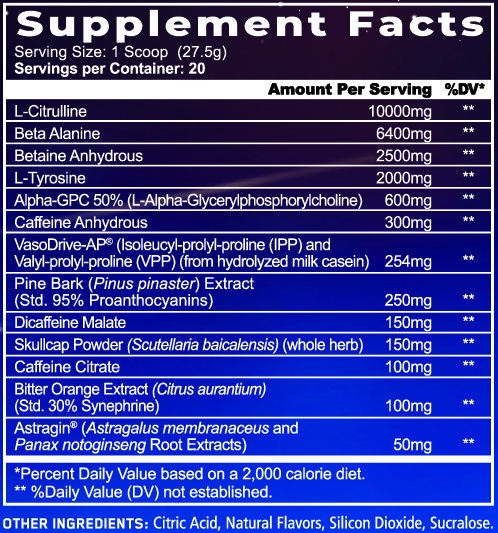
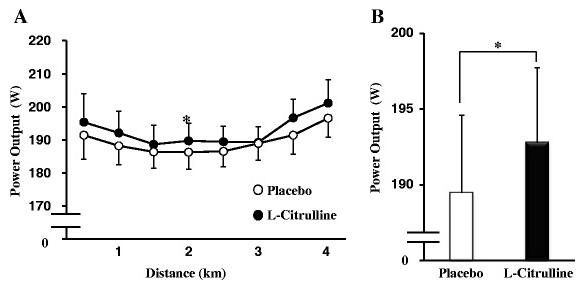
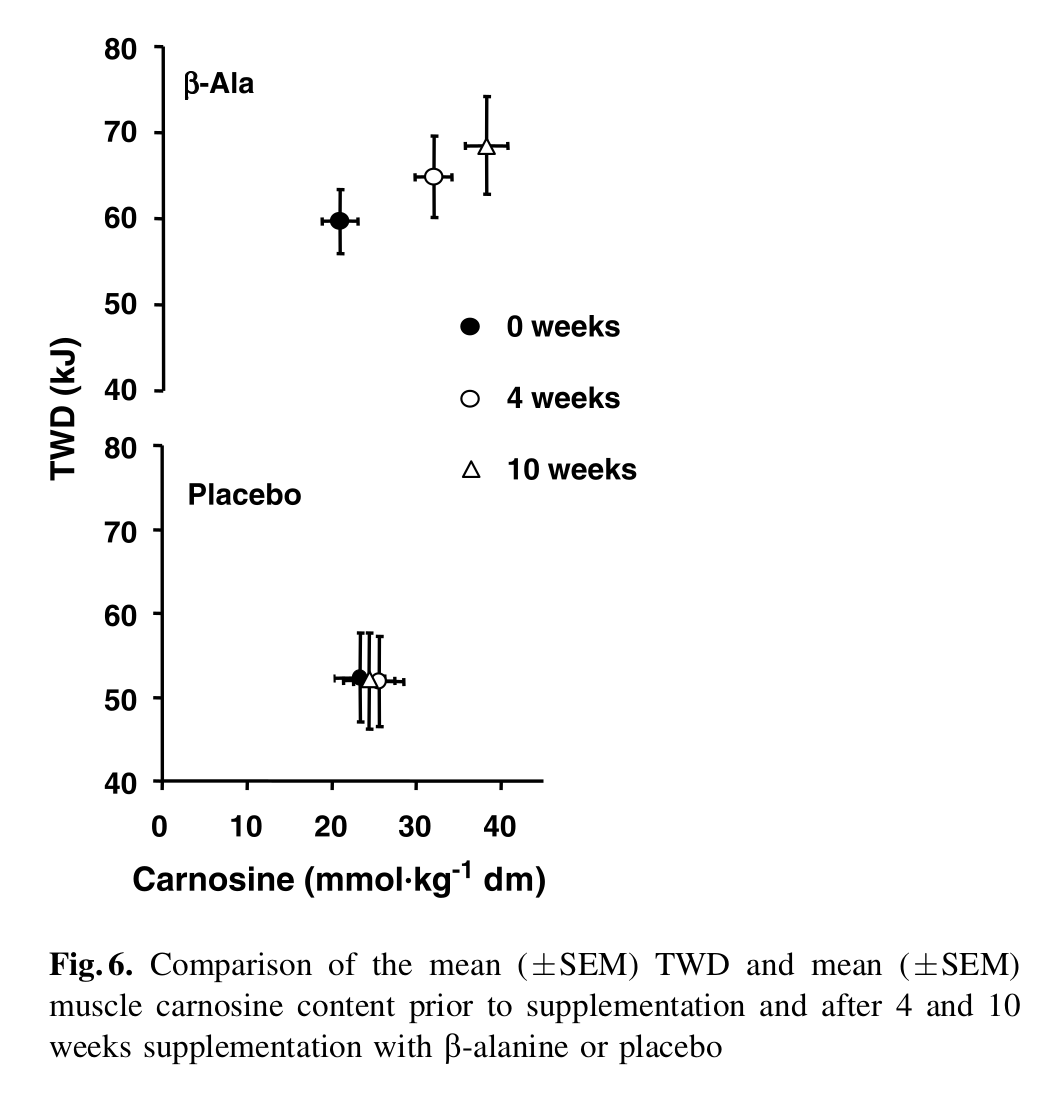

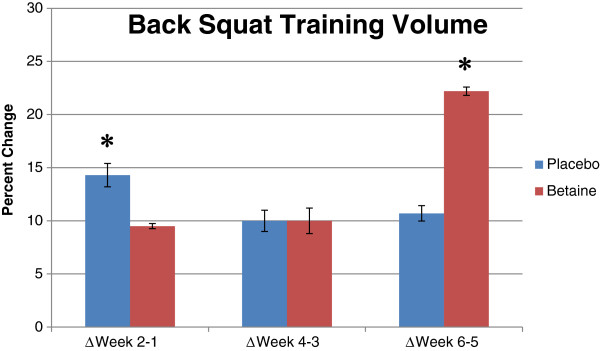
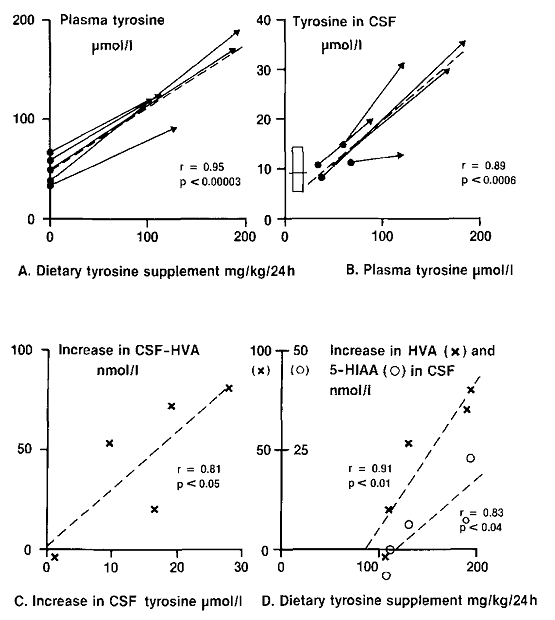

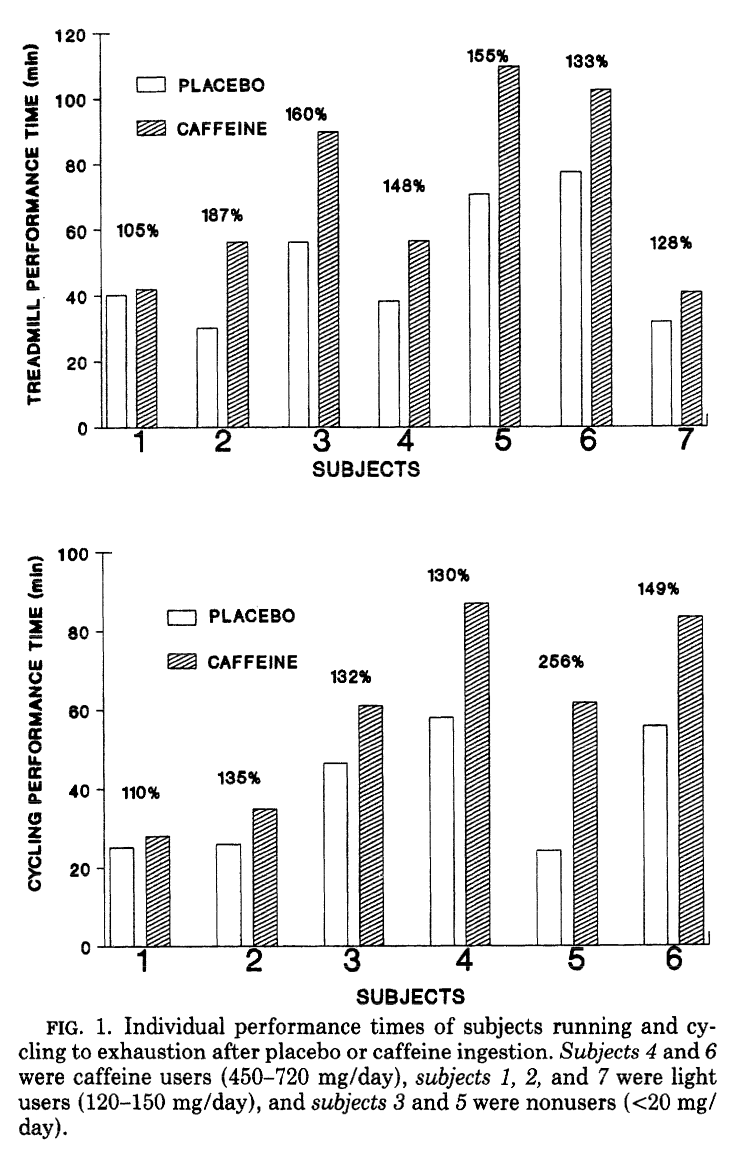
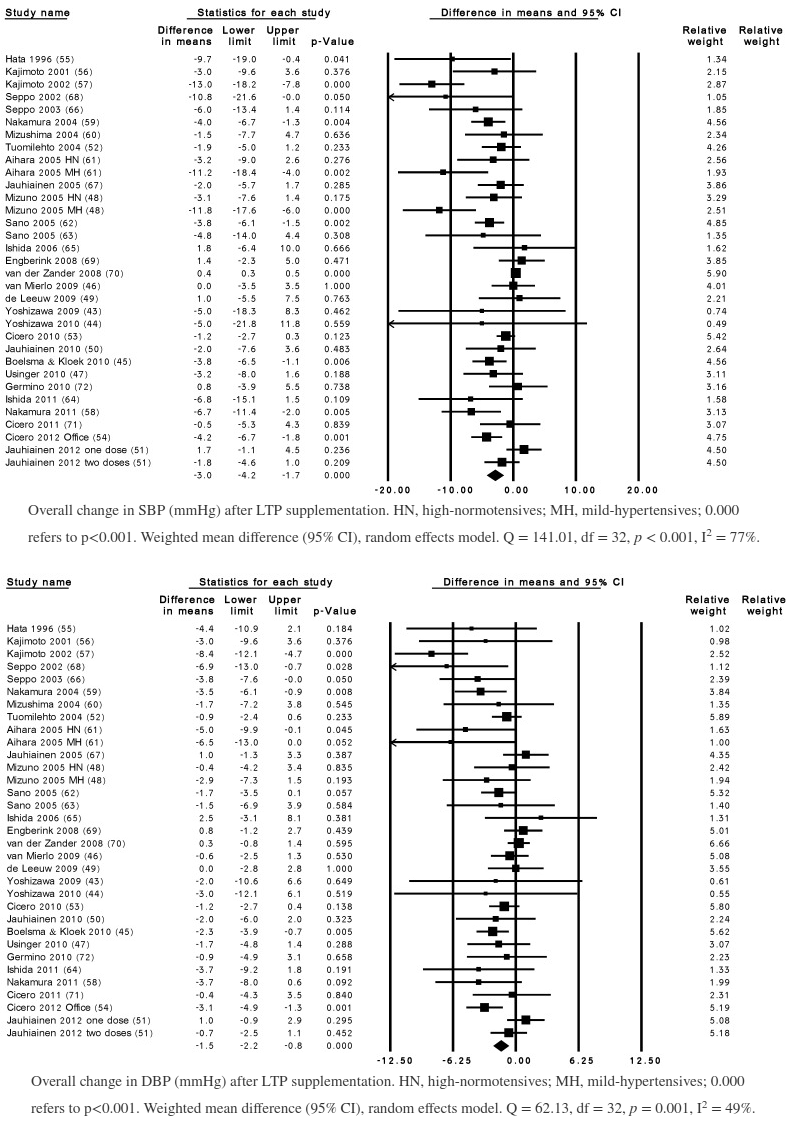

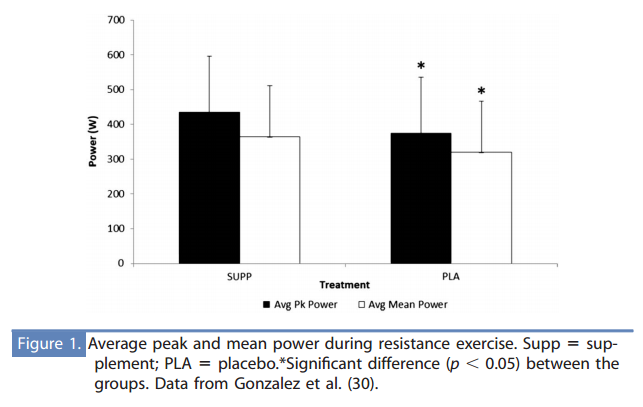


Comments and Discussion (Powered by the PricePlow Forum)